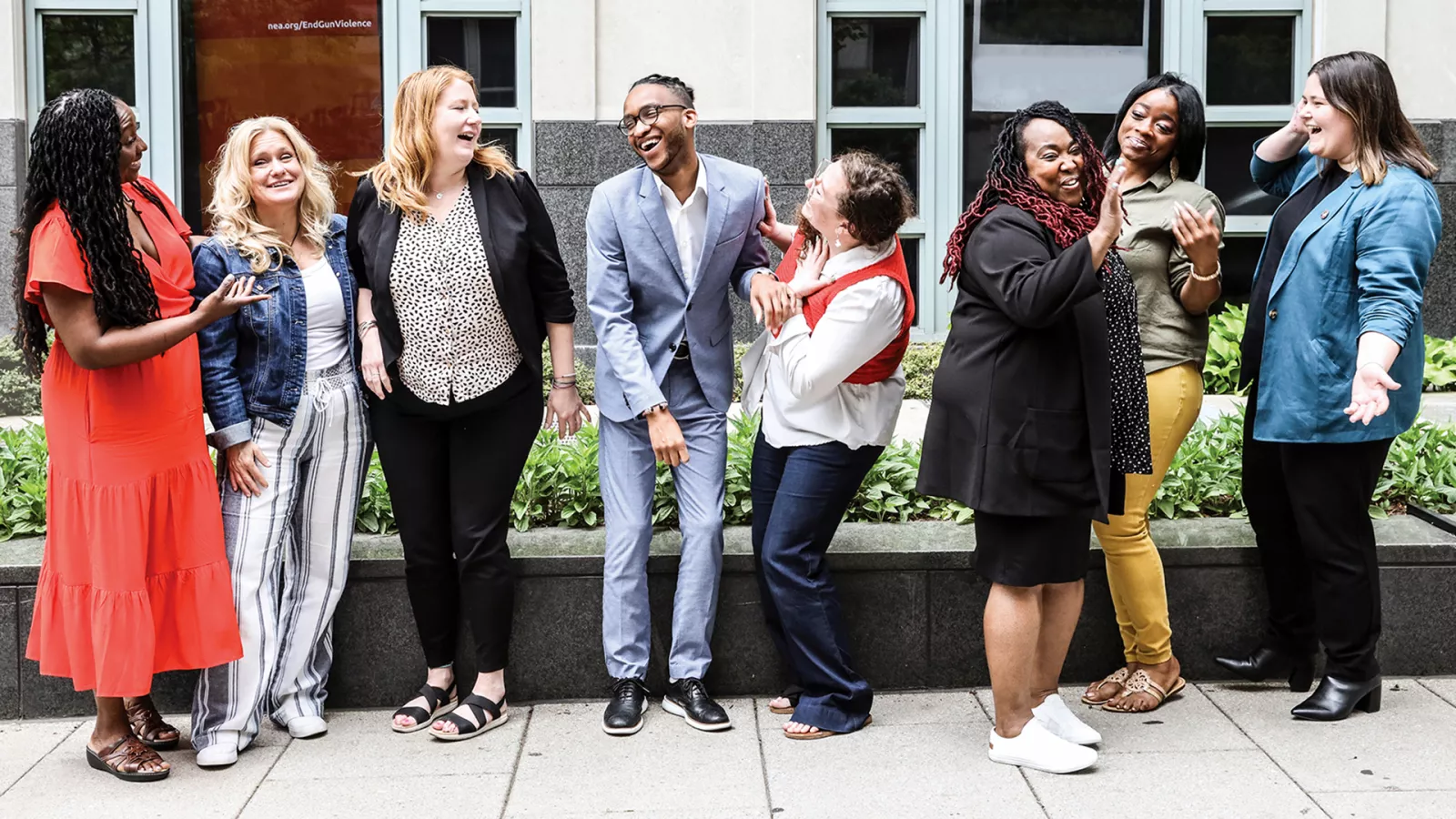We know that a bigger union gives us a stronger voice—and the ability to protect and transform our profession, our schools, and our communities.
No one shows the value of union membership better than you. That’s why NEA has trained thousands of its educators in how to encourage potential members to join.
Every member can play a role in growing the union, whether or not they have had formal training. Sometimes all it takes is starting a conversation, answering questions, and extending an invitation.
NEA Today connected with members of NEA’s National Member Organizing Cadre to find out how to have conversations that make a difference in recruiting new members.
Have Conversations that Make a Difference
Tip #1: Share your union story
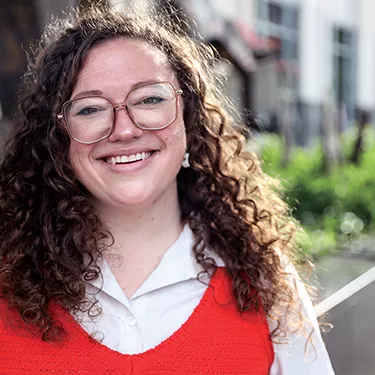
Alyssa Passmore is a member organizer—as well as an art teacher and volleyball coach—from Shawnee, Kansas. When she wants to demonstrate the union’s value to a potential member, she often shares her story:
“After my first few years of teaching, I took a position at a charter school in Missouri where we had no union. I was working 10-hour contract days with mandatory Sunday meetings. I was being live-coached through an earpiece. They were telling me, ‘Take a breath and smile at the kids,’ and things like that.”
Two years later, Passmore was ready to quit education altogether. But her friends and family encouraged her to go back to the public school system and try again. She did, and she is now finishing her sixth year at Hocker Grove Middle School.
“I really regained my love and passion for the union after not being able to be a part of one,” she says.
Passmore also shares with prospective members that in addition to the protections and bargaining power that come with a strong union, she values unity.
She recalls her first union social hour: “I was like, ‘Oh my God, there’s others!’ … My best friends are my union friends now.”
Studies show that one of the top reasons potential union members don’t join is because nobody asked them to.
Alyssa Passmore on Unionism
Elapsed time: 0:00
Total time: 0:00Tip #2: Let local wins make the case for you
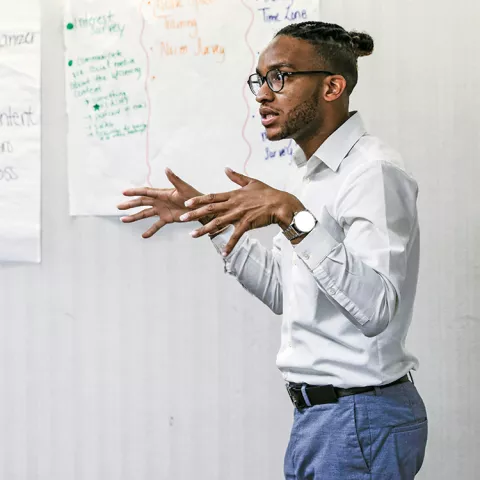
Timothy “Tee Jay” Lyons has been a teacher and union member for only four years, but he already excels at recruiting new members. In one of his earliest organizing efforts, Lyons set a goal of 100 percent membership in his building—Hephzibah Middle School, in Georgia—which he accomplished in just a few months’ time.
“I want to make sure everyone in my building is supported,” says Lyons, who is a seventh-grade language arts teacher and a building rep.
Lyons wants potential members to know how the union can support them. That support comes in many forms. There are critical benefits like liability insurance and the right to due process, which protects educators from suspension or dismissal without just cause. There are valuable benefits like travel discounts. But many prospective members don’t realize that the union also offers opportunities to grow as an educator—such as professional development and programs to help support early career educators.
Another way to show how the union supports members is to talk about state and local wins.
“When our governor took office, he promised a $5,000 pay increase for teachers, and the union made sure he was a man of his word, and we got it,” Lyons tells potential members. “We got an additional $2,000 increase for the upcoming school year as well.”
That’s the kind of pay increase that makes a tangible difference in the lives of educators and their families.
Lyons is glad he took advice from his mom—a school custodian and longtime member of the Georgia Association of Educators—and joined the union early on.
“Being a part of the union has had a wonderful impact on my life,” he says. “I can’t wait to see where I will be and where the union will be in the next 5 to 10 years.”
Tee Jay Lyons on Local Wins
Elapsed time: 0:00
Total time: 0:00Tip #3: Know when to talk and when to listen
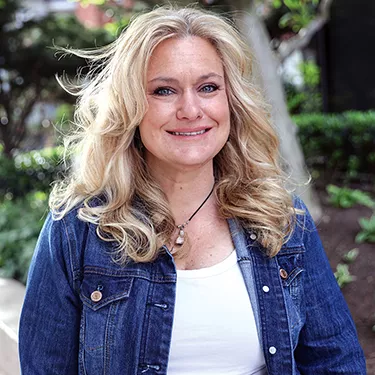
Shasta Rosales is a single mom of three, a full-time paraprofessional with two other jobs, and a student herself, earning a master’s in special education. (Oh, and by the way, she’s also starting a mentoring program for education support professionals at her school, in Laramie, Wyoming.) Rosales does not have extra time on her hands, but she still makes time for member organizing, because it is so important to her.
“When I first joined the Wyoming Education Association about 16 years ago, I thought it was really important to have that collective voice, especially as an education support professional, because at that time, it felt as if we weren’t being heard,” Rosales recalls.
As she became more active in her union and then served as a building rep, Rosales realized that she was good at having conversations about joining the union. Starting a transformational conversation can be as simple as introducing yourself and then asking, “Do you want to be a member? Do you know what this is and what we offer?” Rosales says.
And then, she says, it’s time to listen.
“I think it’s important to understand where they’re coming from, and then show them where the union can help with solutions,” she adds. “And even if they don’t join right away, I want to be that person they know that they can come back to.”
Education support professionals are more likely to join when organizers can demonstrate that the union understands their concerns and that teachers are willing to stand with them.
Often, she explains, making connections with potential members and clearing up misconceptions about the union is all it takes. Rosales recently helped out at a new teacher orientation in Cheyenne, where she and her team signed up 90 new members.
No matter how the conversation goes, Rosales wants people to walk away feeling heard.
“I want to make sure that they feel valued, that they feel secure, that they understand that this isn’t a push, it’s a connection.”
Shasta Rosales on Educators
Elapsed time: 0:00
Total time: 0:00Organizing FAQs
Yes, You Can!
These member organizers believe you can help grow the union. Here are their answers to common questions about organizing:

What if I’m an introvert? Surely I wouldn’t be a good member organizer.
Conversations with prospective members don’t have to be some big formal affair. Try thinking of it more as a friend-to-friend conversation. What would you say to friends or family about why you value our union? Think about all the special connections you have in your school community, and then ask others to come be a part of it.
—Andrea Kuchta, pre-K intervention specialist, Ohio
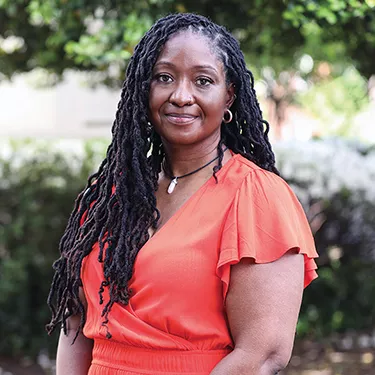
How do I kick off a conversation about joining?
Share what made you first decide to join the union. Before I joined, I was approached by two different unions. One talked to me about liability insurance. But the organizer from The South Carolina Education Association made it sound like they needed my voice, my energy, and my talent. That’s what inspired me to join. I’ll never forget that.
—Cassondra Owens Moore, teacher and school librarian, South Carolina
I live in a non-bargaining state. How do I explain the value of the union here?
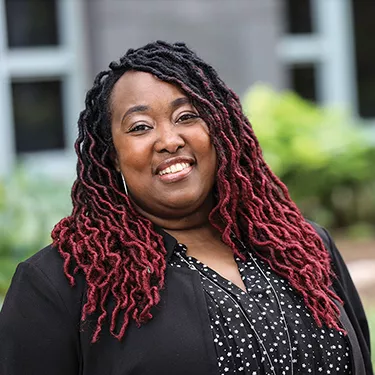
First, make it clear that unions are legal everywhere. Then explain that your union meets regularly with school administrators, school boards, and lawmakers from both sides of the aisle to advocate for higher wages, better benefits, and improved working conditions for educators. Unions get their strength from members, and when more educators join, the union is in a better position to deliver results for educators and students.
— Tonya Horn, paraeducator, Ohio
What if we have a good conversation, but my prospect isn’t ready to join?

That’s OK! Reassure them that they can reach out to you with any other thoughts or questions. Follow up with a message of support, and reference anything that stood out during your initial conversation.
It’s good to connect more than once with a prospective member. The fact that you took the time to circle back will likely resonate with them.
—Katie Fuller, fifth-grade teacher, Ohio
When and where can I have membership conversations?
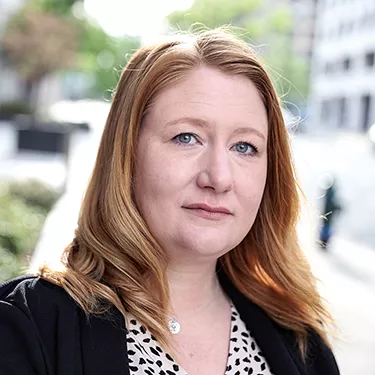
Don’t limit yourself to new teacher orientations. Conversations about joining can happen in the staff lounge, at a training, or at a coffee shop. I recently attended a conference of school custodians to make sure they knew about the union and invited them to join. I also presented at a conference about a different topic, and I was able to have a lot of conversations. I signed up another 22 members. Once you get started in member organizing, you won’t want
to stop!
—Brandi McCoid, paraeducator, Wyoming
How to be ‘all ears’
Your ears are one of your best tools to recruit new members.
Some tips to keep in mind:
-
Listen 80 percent of the time and talk 20 percent of the time. Listen without judgment.
-
Ask open-ended questions that use how, what, or why. Yes or no questions don’t generate conversation.
-
Practice empathy. Acknowledge the potential member’s experience, then show how the union solves problems.
-
Give your recruit time to consider and answer your questions. Don’t rush the conversation to ask them to join.
Help Build Your Union!
Ready to talk with your colleagues about the importance of joining the union? Get NEA’s best tools and tips at nea.org/organize.

Join Us
Get more from


